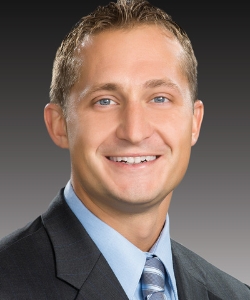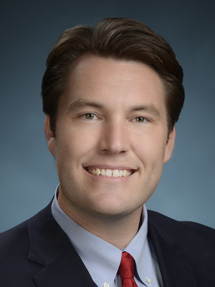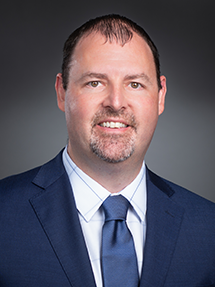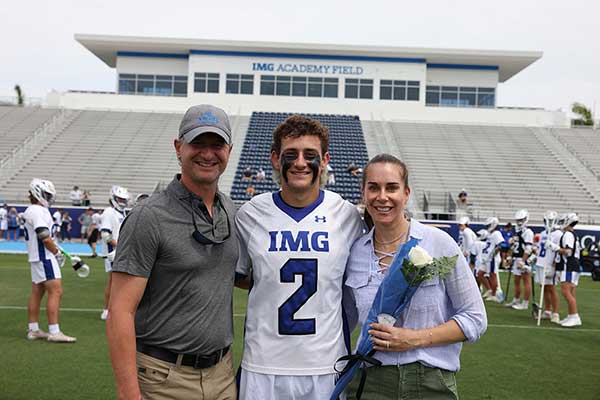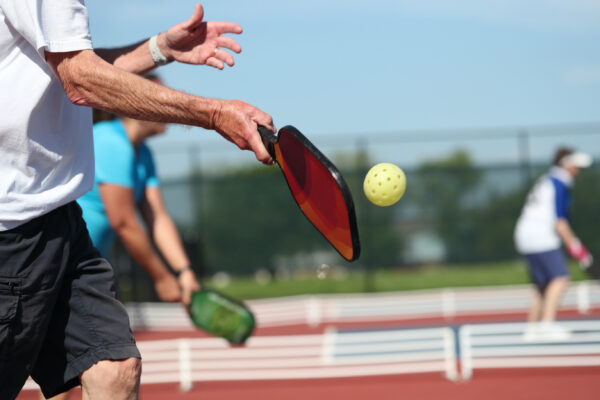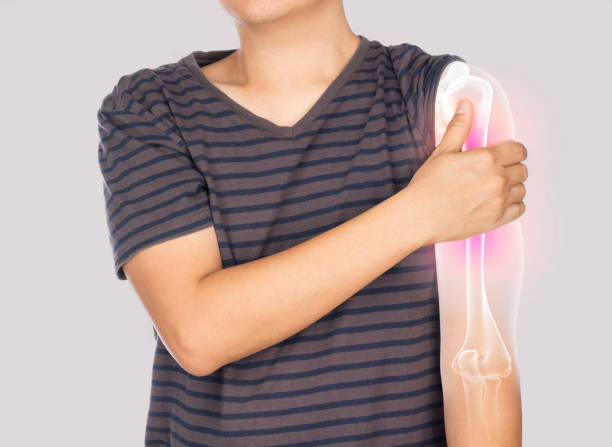Does golfers elbow hurt to touch?
Yes, you may feel some pain and tenderness at the touch.
Golfer’s elbow is medically referred to as medial epicondylitis. It is simply a type of tendonitis that causes inflammation and pain within the tendons connecting your elbow and forearm.
Golfer’s elbow or medial epicondylitis is mainly caused by repetitive use of your arm and wrist to bend, twist things or grasp at some objects. These repetitive actions cause your tendons to develop small tears that lead to elbow, forearm, and wrist pain.
More often than not, people fail to tell the difference between a tennis elbow and a golfer’s elbow. With the golfer’s elbow, the pain originates from the inside bump of your elbow or the medial epicondyle.
Both are types of elbow tendinitis, only that the tennis elbow affects several tendons on the outside of your elbow. This is the opposite of the golfer’s elbow in the sense that the cause comes from the inside of your elbow. Moreover, a golfer’s elbow is not as common as the tennis elbow.
Based on the golfer’s elbow anatomy, the wrist flexors, which are also the muscles in your forearm, help pull your hand forward. Your wrist flexors are located inside the palm of your forearm, and most of them attach to the main tendon found on the medial epicondyle. The name of this particular tendon is the common flexor tendon.
The main function of tendons is to connect every muscle to the bone since they are made up of several strands of collagen material. Given that collagen strands within the tendons are lined up, it is likely that your tendons have some tensile strength, so they can easily withstand high forces.
Typically, muscles work by pulling on one end of the tendon while the other end pulls on your bone, causing some movement. This is usually the case with your wrist flexor muscles that contract any time you flex the wrist, grip something with your hand, or twist your forearm.
So, if you grip a golf club and swing it or do similar actions with your forearm, you are simply building some forces on your tendon. Doing this repeatedly can lead to a golfer’s elbow.
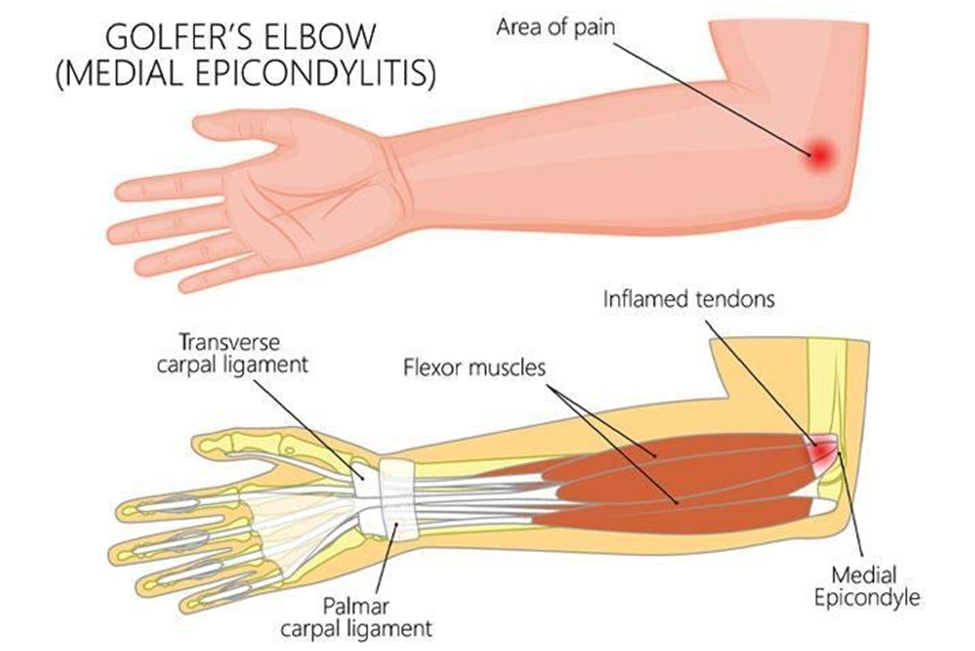
Medial epicondylitis or golfer’s elbow comes about as a result of the damaged muscles and tendons in your forearm. Naturally, these muscles and tendons play a significant role in controlling your fingers and wrist. Any damage on them can negatively impact the functionality of the affected forearm.
Examples of tasks that can cause a golfer’s elbow include:
Reach out to Dr. Christopher R. Sforzo at Sforzo | Dillingham | Stewart Orthopedics + Sports Medicine for consultation, diagnosis, and treatment of the golfer’s elbow. Dr. Christopher R. Sforzo is an experienced and board-certified orthopedic surgeon. He is also fellowship-trained in both hand and upper extremity surgery.
Dr. Christopher R. Sforzo is well-versed in providing necessary care in the treatment of shoulder, elbow, arm, forearm, or wrist and hand injuries. Plus, he can perform several procedures through the use of minimally invasive techniques that include arthroscopic rotator cuff repair, endoscopic carpal tunnel release, and arthroscopic elbow and wrist procedures for patients of all ages.
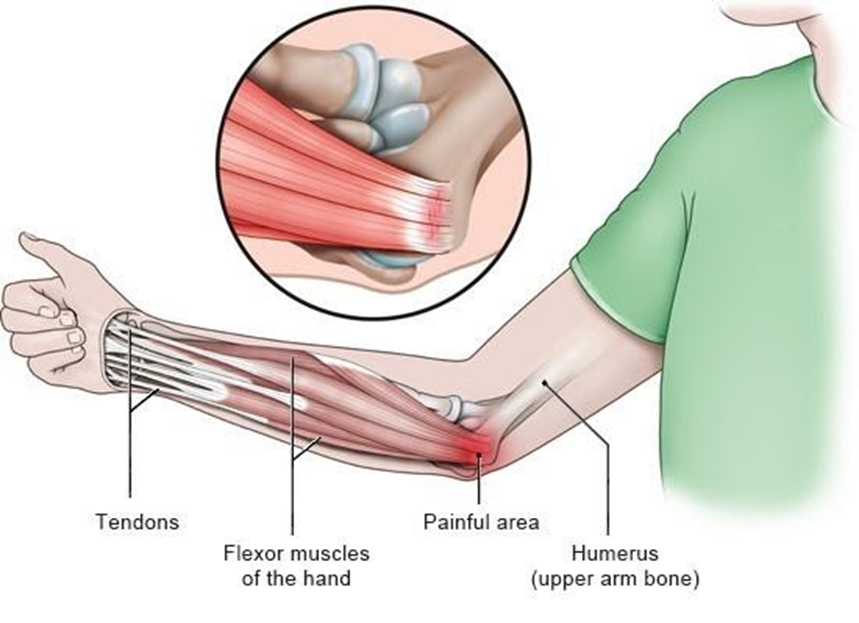
One of the most common symptoms of a golfer’s elbow (medial epicondylitis) is pain that originates from the palm side of your forearm. The pain travels from your elbow towards the wrist, just on the same side as your little finger.
Mostly, this pain is felt every time you bend your wrist toward the palm. Especially when squeezing something like a rubber ball or while performing common tasks such as:
Symptoms associated with medial epicondylitis (golfer’s elbow) may look similar to those of other medical conditions. Therefore, it is wise to see a doctor for examination, diagnosis, and treatment as a way to heal the golfer’s elbow.
Sforzo I Dillingham I Stewart Orthopedics & Sports Medicine doctors, like Dr. Christopher R. Sforzo and Dr. Christopher L. Dillingham, can help with managing your golfer’s elbow condition. In particular, Dr. Dillingham is not only a board-certified orthopedic surgeon but also a fellowship-trained arm, hand, and shoulder surgeon with many years of experience in treating rotator cuff disorders, nerve injury and carpal tunnel syndrome, arthritis surgery, joint replacement, fracture repair, tendon repair, and foot and ankle disorders.
He is an expert leader in carrying out technical, medical tasks like total reverse shoulder surgery. Just like other doctors at Sforzo, I Dillingham I Stewart Orthopedics & Sports Medicine, Dr. Christopher R. Sforzo and Christopher L. Dillingham use minimally invasive surgical methods to perform procedures that include surgery of the wrist and elbow and endoscopic carpal tunnel surgery.
So, how do you get rid of the golfer’s elbow condition? Golfer’s elbow is another type of tendinitis condition, just like the tennis elbow. Through golfer’s elbow physical therapy, patients can go back to their normal lives and perform certain tasks without difficulties.
Here is how to fix a golfer’s elbow fast:
The tennis elbow and golfer’s elbow tests during diagnosis are almost similar. For a successful diagnosis, Dr. Christopher R. Sforzo of Sforzo | Dillingham | Stewart Orthopedics + Sports Medicine recommends the following:
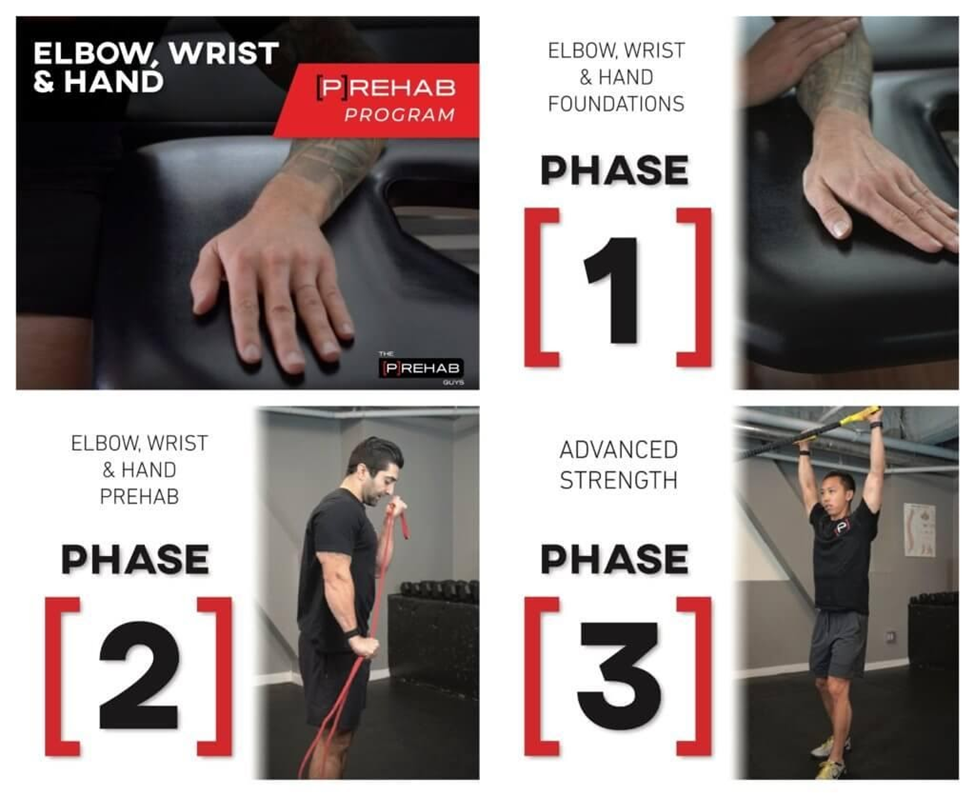
Golfer’s elbow treatment can involve non-surgical and surgical treatment. You may start with a nonsurgical option before proceeding to surgical treatment if the condition worsens.
1. Nonsurgical Treatment
The main idea behind the nonsurgical treatment option is to prevent the collagen from breaking down so that the tendon can heal properly. In addition, you may use anti-inflammatory medications like ibuprofen to provide some relief. BFR and physical therapy can also help treat your golfer’s elbow condition.
2. Surgical Treatment
If nonsurgical treatment doesn’t work for you, your next option should be surgery. In this case, your healthcare provider will suggest tendon debridement or tendon release form of surgery. With the tendon debridement, the surgeon will take out or debride the affected tissues inside the tendon.
Golfer’s elbow affects many people worldwide. The condition is caused by repetitive motions of your hand when engaged in activities such as painting, plumbing, and playing racquet games. Contact Sforzo | Dillingham | Stewart Orthopedics & Sports Medicine today to learn more about how you can manage a golfer’s elbow.
Yes, you may feel some pain and tenderness at the touch.
A golfer’s elbow may take 6 -12 months to heal. For a quick recovery, doctors recommend that you avoid all repetitive actions until the symptoms subside.
Failure to treat this condition can lead to severe symptoms and permanent disability.
Absolutely yes. Using the computer frequently can cause you to hold your arm in tensed postures, which damage the muscles and tendons within your forearm.
You may avoid any exercise that involves repetitive motions. Examples of exercises for medial epicondylitis golfer’s elbow to avoid include golfing, cutting, using plumbing equipment, and painting, among others. The best exercises for the golfer’s elbow are elbow stretch, forearm extensor stretch, resistance band exercises, and no equipment needed exercises.
As healthcare is ever changing, Sforzo | Dillingham | Stewart Orthopedics + Sports Medicine, is doing things differently…

